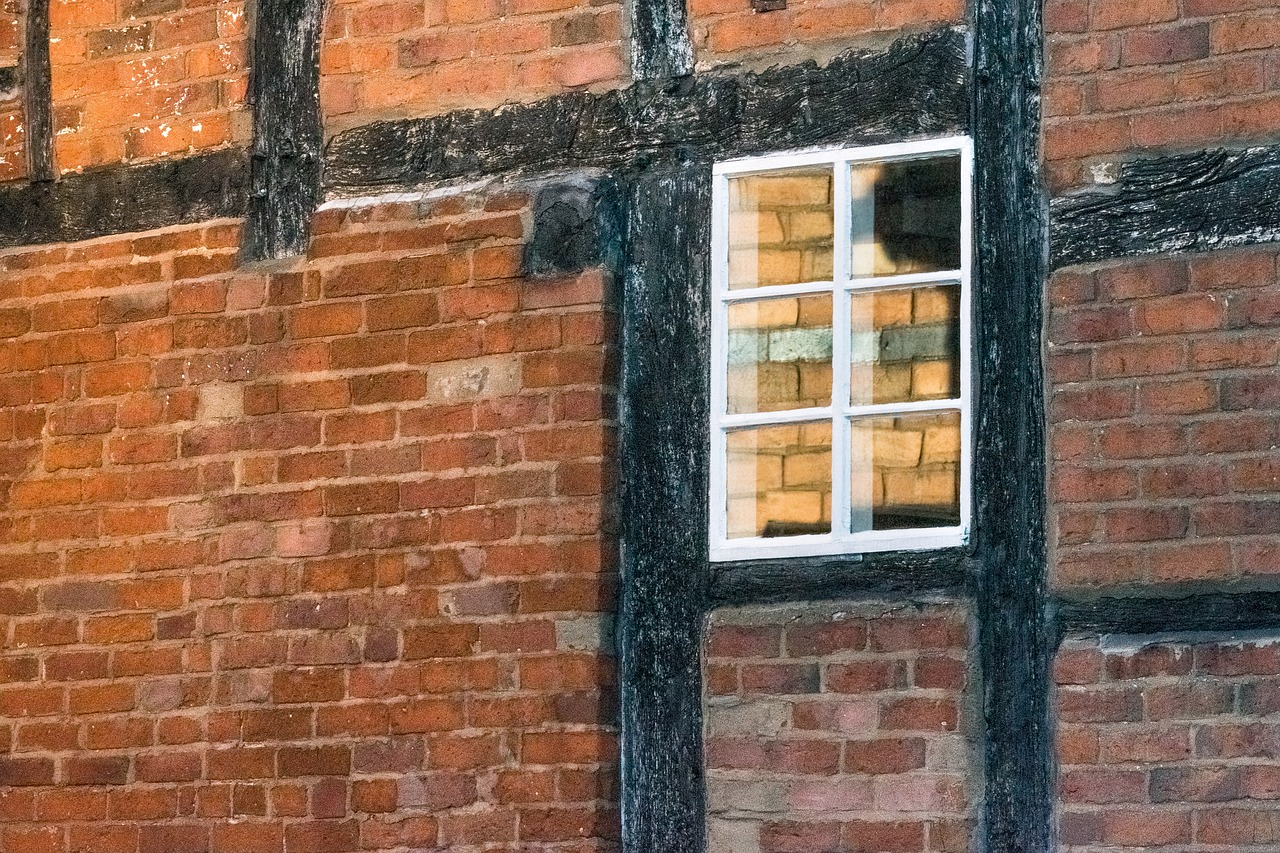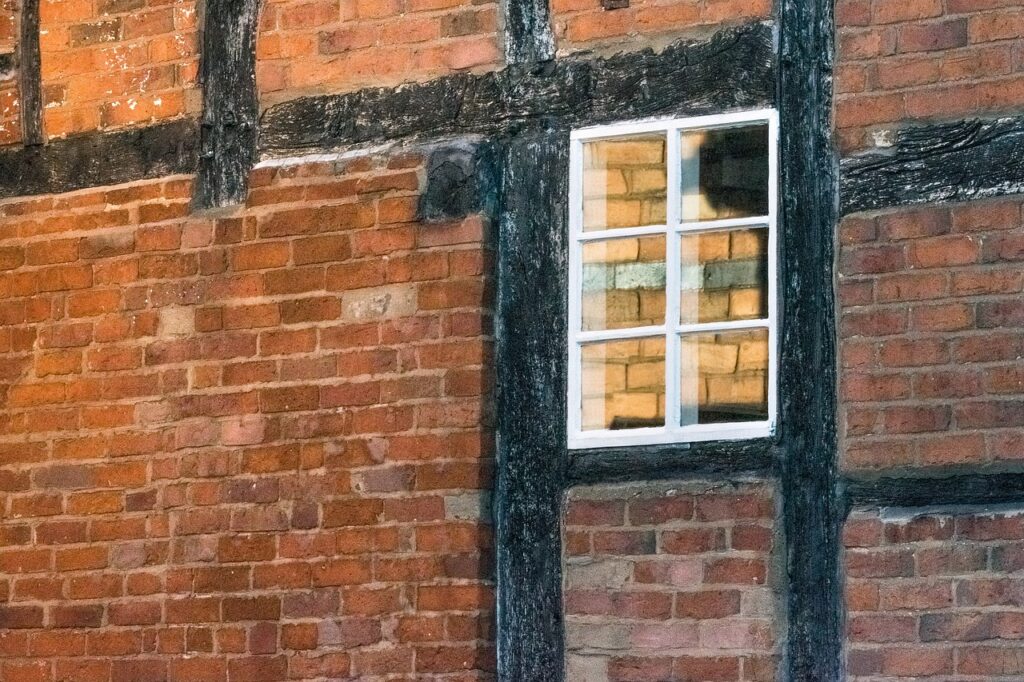
Understanding And Preventing Structural Damage In Your Home
Do you know how to spot structural damage in your home? It’s important to be aware of the signs so you can prevent further damage and avoid costly repairs.
Structural damage can occur in various areas of your home, from the foundation to the roof, and it’s crucial to understand the causes and how to prevent them.
Foundation damage is a common problem that can lead to serious structural issues. Poor soil conditions, water damage, and improper construction are just a few of the causes of foundation damage.
If you notice cracks in your walls or uneven floors, it could be a sign of foundation problems. In this article, we’ll discuss the different types of structural damage, causes of foundation damage, signs of wall cracks, and tips for maintaining the structural integrity of your home.
Types of Structural Damage in Your Home
You’ll want to know the types of structural damage in your home so you can spot any telltale signs of trouble.
One of the most common types of structural damage is foundation damage. This can result from soil shifting, water damage, or poor construction. Signs of foundation damage include cracks in walls or floors, doors and windows that don’t close properly, and sloping floors. Repair options for foundation damage may include installing piers or underpinning, repairing cracks, or even rebuilding the foundation entirely.
Another type of structural damage is roof damage. This can be caused by weather, poor installation, or simply old age. Signs of roof damage include missing or broken shingles, leaks, and sagging or drooping areas. Repair options for roof damage may include replacing damaged shingles or tiles, patching leaks, or even replacing the entire roof.
It’s important to have your home inspected regularly by a professional to ensure any potential structural damage is caught and repaired before it becomes a major problem.
Causes of Foundation Damage
One common cause of foundation damage is soil shrinkage due to drought or excessive moisture. When the soil around your foundation dries out, it can cause the ground to shift and settle, which can lead to cracks in your foundation.
On the other hand, when there’s too much moisture in the soil, it can cause the soil to expand, which can also lead to foundation damage. To prevent foundation damage caused by soil shrinkage or moisture, it’s important to invest in foundation waterproofing techniques.
This can include installing a drainage system around your foundation to prevent water from accumulating, as well as using a waterproof sealant to protect your foundation from water damage. In addition, if you notice any signs of foundation damage, such as cracks or uneven floors, it’s important to contact foundation repair services as soon as possible to prevent further damage.
By taking these steps to prevent and address foundation damage, you can ensure the safety and stability of your home for years to come.

Signs of Wall Cracks
If you see cracks in the walls of your house, it’s important to take action as soon as possible to prevent further issues. Wall cracks are a common sign of structural damage and can indicate a problem with the foundation of your home.
These cracks can start small but can quickly grow larger if not addressed, leading to more extensive repairs and higher costs. Fortunately, there are several repairing techniques that can be used to fix wall cracks, depending on the severity of the damage.
These include filling the crack with epoxy or polyurethane, installing carbon fiber strips, or even replacing the damaged section of the wall altogether. It’s important to consult with a professional to determine the best course of action for your specific situation.
Keep in mind that the cost of foundation repair can vary greatly depending on the extent of the damage, so it’s best to address any issues as soon as possible to avoid larger expenses down the line.
Preventing Roof Damage
Proper maintenance and regular inspections can help homeowners avoid costly repairs and extend the life of their roof. One of the most important aspects of roof maintenance is gutter cleaning. Clogged gutters can lead to water damage on the roof, which can weaken the structure and cause leaks.
It’s important to clean gutters at least twice a year, and more often if you live in an area with heavy rainfall or lots of trees. In addition to gutter cleaning, it’s also important to inspect your roof regularly for any signs of damage. Look for cracked or missing shingles, as well as any areas where the roof may be sagging.
Catching these issues early on can prevent further damage and save you money in repairs down the line. Don’t be afraid to call in a professional if you’re unsure of how to inspect your roof or if you notice any issues that need to be addressed. By taking the time to properly maintain your roof, you can ensure that your home is protected from structural damage and costly repairs.
Tips for Maintaining Structural Integrity
Maintaining the structural integrity of your home isn’t limited to just your roof. Regular inspections of your foundation, walls, and floors are necessary to prevent any potential structural damage.
Moisture control is also crucial in maintaining your home’s structural integrity. This includes fixing any leaks or water damage immediately, as well as properly ventilating your home to prevent excess moisture buildup.
Regular inspections of your home’s structural components can help identify any issues before they become more serious and costly to repair. Look for cracks in your foundation, sagging or uneven floors, and any signs of water damage.
If you notice any of these issues, it’s important to address them as soon as possible to prevent further damage to your home. Additionally, controlling moisture levels in your home can prevent the growth of mold and mildew, which can also lead to structural damage over time.
By following these simple tips, you can ensure that your home remains structurally sound for years to come.
Frequently Asked Questions
Can structural damage in my home affect the resale value of my property?
If your home has structural damage, it can definitely impact the resale value. A home inspection will likely reveal any issues, and buyers may be hesitant to purchase a home with significant damage.
What are some common misconceptions about preventing foundation damage?
“You may think simply watering your lawn or planting trees can prevent foundation damage, but this is a common misconception. Proper preventive measures and maintenance practices, such as regular inspections and repairs, are crucial for avoiding structural damage in your home.” ‘Consulting with a professional to assess your property and identifying potential hazards, like soil erosion or drainage issues, can also help protect your foundation.’
How can I tell if my home’s structural damage is due to natural causes or poor construction?
To determine if your home’s structural damage is due to natural causes or poor construction, look for signs of poor construction such as uneven floors or walls, cracks in the foundation, or doors and windows that don’t close properly. Causes of structural damage can include soil settlement, poor drainage, or natural disasters.
Is it possible for a homeowner to fix structural damage on their own, or should a professional always be called in?
It’s not recommended for homeowners to attempt DIY repairs for structural damage. There are risks involved, and it’s best to call a professional who can properly assess the damage and provide safe and effective repairs.
Can weather conditions in my area play a role in causing structural damage to my home?
Weather conditions in your area, such as heavy rain or high humidity, can play a role in causing structural damage to your home. The role of moisture and soil type should be considered. Regular maintenance is important to prevent structural damage.
Conclusion
Now that you’ve got a better understanding of the types of structural damage that can occur in your home and the causes behind them, it’s time to take action.
Keeping an eye out for signs of foundation damage and wall cracks, as well as regularly maintaining your roof, can all help prevent costly repairs down the line.
Remember to also take preventative measures, such as ensuring proper drainage around your home and avoiding overloading your floors and walls.
By taking proactive steps to maintain your home’s structural integrity, you can rest easy knowing that your family and investment are protected for years to come.

Comments (0)